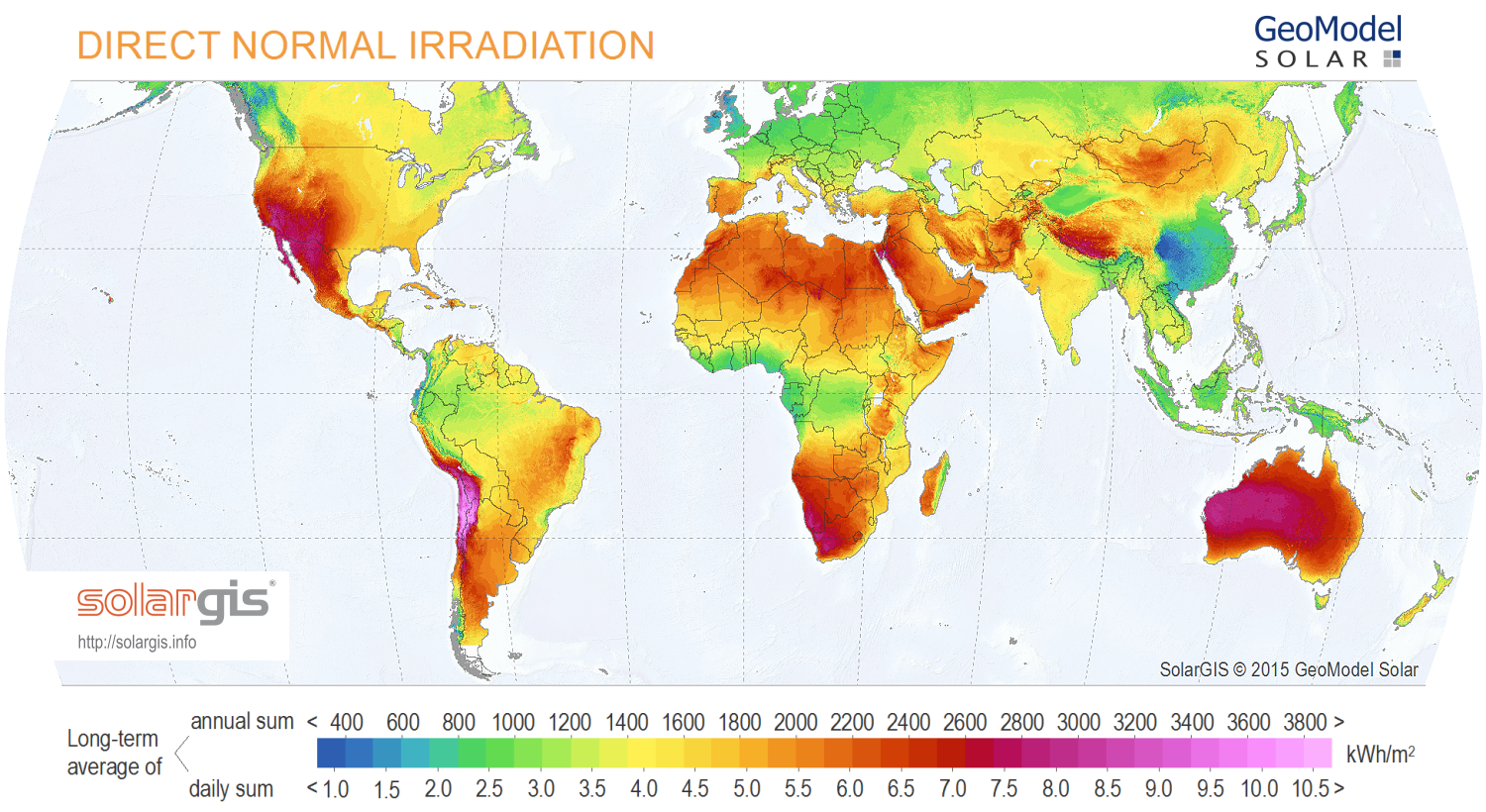As fundraising and engineering efforts for PowerUp Ethiopia surge onward, I thought I'd take a moment to share some in-depth answers to the two most common questions we get on the PowerUp project and on our general approach to development.
Water doesn't seem that important in the grand scheme of things. Aren't there more important issues to target?
 |
| The ubiquitous roadside sight of people carrying water and firewood. |
One of the first things that strikes you as you drive in rural Ethiopia is the number of women and children walking along the side of the road, invariably carrying one of two things: a 3-gallon water bottle or a bundle of firewood. Talking to these people, you come to learn that a tremendous amount of time is spent walking to and from places with wood and water - a typical average might be 5-6 hours in a day! In those six hours, a child could go to school, a woman could start a business, and a family might begin to lift themselves out of poverty. When we give someone clean water nearby, we have effectively given them a tremendous amount of time with which to learn, farm, start a business, and otherwise combat poverty. We're pumping water, yes, but we're also giving people the most valuable resource of all - time.
Why use solar power in Ethiopia when it isn't cost-effective in the United States?
The single fact that characterizes the role of energy in development more than any other is that the cost of energy has a strong correlation with the income and development level. In highly-developed countries such as the United States, energy from the electric grid is always on and extremely cheap - as low as 6 cents per kWh. In places like Addis Ababa, the capital city of Ethiopia, the situation is somewhat similar - there's access to grid electricity at somewhat reasonable rates. The power isn't as reliable or cheap as in the developed world, but it's mostly there.
The school we're installing a well at, on the other hand, would be a challenging place to get power in the United States. It's half a mile from any road, 10 miles of harsh terrain from any grid power, and once you get to the grid, reliability is spotty at best. Bringing grid electricity to the school is a six-figure USD investment with significant long-term upkeep costs.
Solar equipment, on the other hand, is ideally suited for this type of project, for a few reasons:
The school we're installing a well at, on the other hand, would be a challenging place to get power in the United States. It's half a mile from any road, 10 miles of harsh terrain from any grid power, and once you get to the grid, reliability is spotty at best. Bringing grid electricity to the school is a six-figure USD investment with significant long-term upkeep costs.
Solar equipment, on the other hand, is ideally suited for this type of project, for a few reasons:
 |
| From GeoModel Solar: Compare the sun's brightness in Africa with Europe or the eastern US. |
- No batteries. Because water can be stored aboveground in tanks, no battery backup to the solar system is needed - when the sun shines, the tank fills, and when the sun doesn't shine, water can still be drawn from the tank.
- No maintenance. Even in the developed world, power lines need to be repaired from time to time. In our solar system, no grid power lines means very little maintenance.
- The perfect location. Africa receives a higher level of solar irradiance (sun brightness, for the non-geeks) than any other place on Earth. A given size solar panel will produce more energy in Ethiopia than in many other places.
- Most importantly, the lowest total cost of ownership. Though the solar equipment has a high upfront cost, there's no kerosene generator fuel to buy and no grid power bills to pay and lines to maintain. And combining these advantages with the fact that we don't need to use costly batteries and inverters drives the cost even lower.
Concordia Humana cares deeply about efficient and responsible operations - so much so that we made cost efficiency one of our core values. We chose to pursue solar technology after studying the alternatives and verifying that it has the lowest cost of ownership in this particular application.
If you have any other questions, post them in the comments! If you couldn't tell, I love talking about these issues and thinking about them from new perspectives.
Peter
